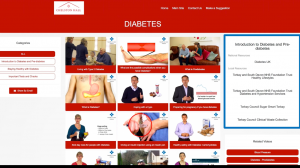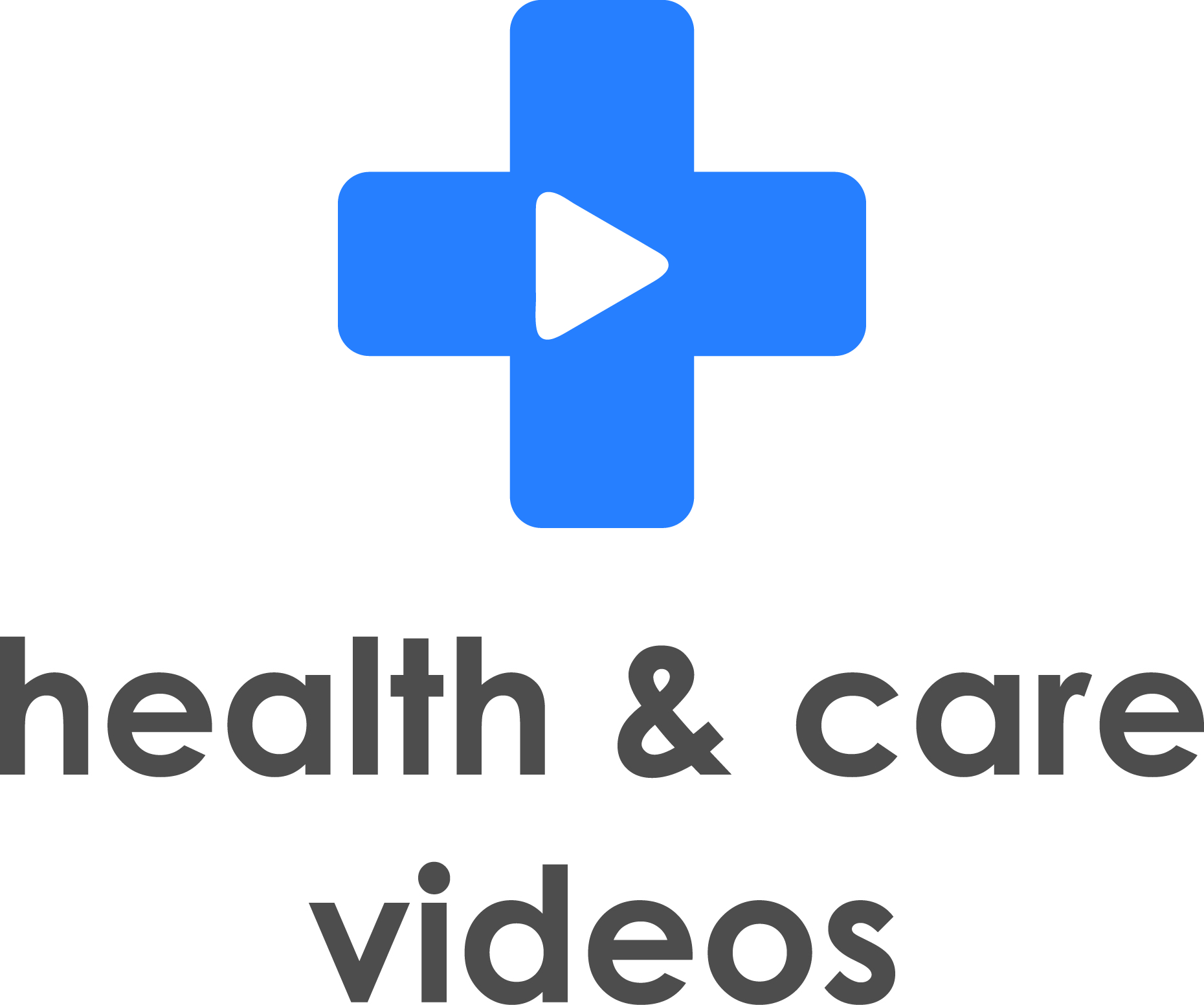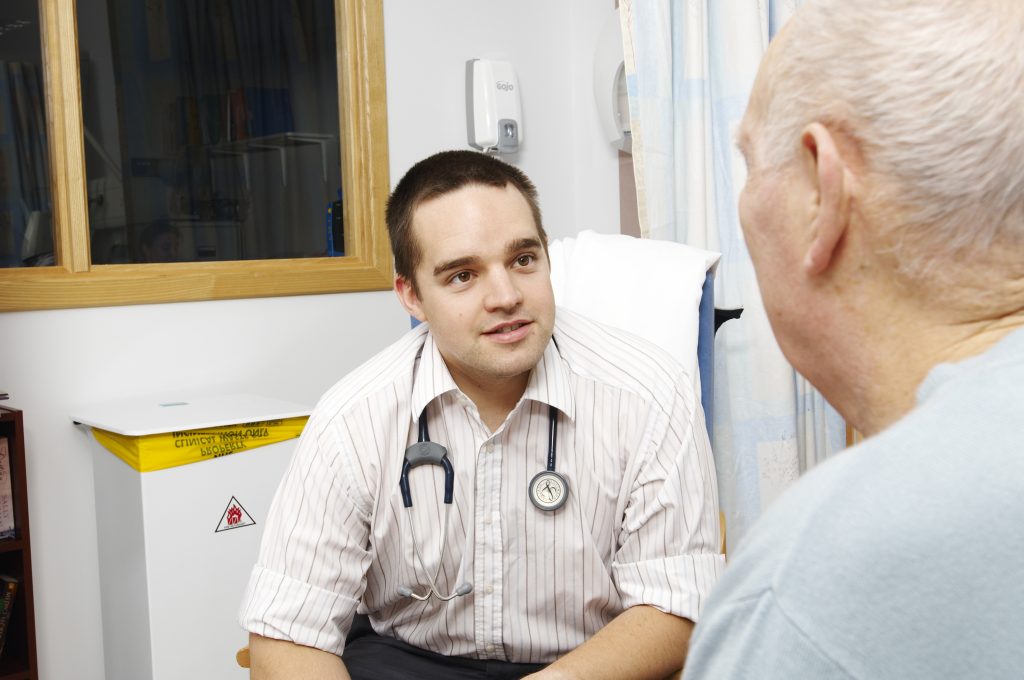NHS England has identified 10 High Impact Actions that will help increase capacity in general practice and reduce pressure on GPs.
GP workload is a critical issue, however we think that practices can use video as part of the 10 High Impact Actions to improve the current situation. Here we’ll explore what these 10 actions are, and how you can use video for each of them.
What are the 10 High Impact Actions?
The entire NHS is under strain, but GPs often bear the brunt of it. This is due to patients having
multi-morbidities, a rising administrative burden and inadequate resources.
Estimates say that a GPs workload has increased by 16% between 2007 and 2014. This is having a significant impact on the GP workforce. 28% say that they are unlikely to be working in general practice in five years time. 44% say this is because they’re too stressed.
The 10 High Impact Actions have been put forward by NHS England to help relieve pressures on GPs. Here are the 10 actions and how Health & Care Videos slots into them.
1. Active signposting
“Making sure the first point of contact directs patients to the most appropriate source of help”
Our video libraries are comprehensive resources that cover a range of common conditions and procedures undertaken by GP surgeries. They have been designed by GPs, patients and hospital staff, so answer key questions about these topics.
These libraries are easy to navigate, relevant and accurate. They direct the patients to the answers they’re seeking and, through resource boxes, send them to other sources of information for more support.
It’s easy to signpost patients to these libraries by using QR codes on leaflets, business cards, posters and even appointment letters.
2. Develop the team
“Integrating other healthcare professionals into the team”
Our videos are often used to train staff in best practice procedures and inform them about that specific surgery. This can reduce the need for face-to-face sessions consequently avoiding scheduling conflicts and costly travel.
Training videos standardise information so everyone gets the same training and no sections are accidentally missed. It also allows staff to train at their own pace, and return to the videos if they have queries at a later date.
3. Support self-care
“Supporting patients to play a greater role in their own health and care”
Many of our videos address self-care techniques. We even offer a range of how-to-videos so patients can follow discharge instructions at home, without needing to call the surgery or ask for a follow-up appointment.
Our other videos educate patients about conditions and procedures. This in itself supports self-care, as a knowledgeable patient can make more informed choices about their care both at home and at the GP surgery or secondary care facility.
4. New consultation types
“Using communication methods such as phone and email for some consultations, reducing clinical contact time”
While video cannot be used as a form of consultation, it can support new methods such as email consultations and surgery text messaging.
Adding video to either of these communications can make it much more engaging and easier to understand. This can reduce clinical consultation time because a face-to-face appointment is not required the videos cover key points (so GPs won’t need to) and it improves patient confidence.
5. Reduce Did Not Attends (DNAs)
“Making changes to ensure patients remember their appointments and that is easy for them to cancel or rearrange”
Again, video cannot completely solve this High Impact Action, as you need a more direct and personal form of communication to reduce DNAs.
However, video can be part of the solution. Adding videos outlining the importance of attending appointments (or how to reschedule) can really get the message home.
Videos might also inform patients to the point they do not require an appointment. A GP surgery could send out videos to patient groups (e.g. diabetics, asthmatics) to try and reduce the number of appointments.
For example, you could send a video with a message “watch this video on hay fever” then follow it up with “do you still need to see a doctor?”’ This should help reduce unnecessary GP appointments and encourage patients to reschedule instead of not turning up.
6. Social prescribing
 “Referral and sign-posting to non-medical services in the community”
“Referral and sign-posting to non-medical services in the community”
Our resource boxes within our libraries sign-post patients to useful sources related to that topic.
The library administrator can customise these to include relevant local organisations, charities and companies that can offer support in these areas. Hopefully, this will help alleviate some of the strain on GP practices.
7. Partnership working
“Creating partnerships and collaboration in the local health and social care system”
By offering libraries for a range of sectors (including primary care, secondary care, informal care and clinical trials) we can help create a cohesive and familiar journey for patients within health and care.
This creates a sense of community and collaboration with each of the practices, and can even improve the customer experience.
8. Productive workflows
“Introducing new ways of working”
Our implementation team assesses existing healthcare pathways and suggest the optimum places for video interventions.
They’ll become part of the pathway so that the audience gets the right information at the right time. They can do this in several ways, including placing videos in:
- Appointment letters
- Text reminders or general campaigns
- Waiting room videos
- Social media
- Website
- GP prescriptions
- Pre/post appointment
Using videos like this will streamline processes, reduce clinical contact time and make workflow much more productive. This is because patients are more informed, staff have more capacity and its a standardised approach to care.
9. Personal productivity
“Training and support to enable staff to work more efficiently and improve resilience”
Our staff training videos instruct GP staff in how to work most efficiently while sticking to best practice Some also offer advice on wellbeing and mental health to ensure staff are in the right frame of mind to continue working.
We also offer online courses, such as The Care Certificate, which help individuals demonstrate and develop their skills.
10. Develop Quality Improvement (QI) expertise
“Developing a specialist team to support continuous quality improvement”
All of our content is checked by our expert scriptwriting team that includes GPs and junior doctors before being published. It is then reviewed every three years to ensure accuracy. We are also open to receiving patient/GP feedback if something needs updating.
We evaluate our implementation procedures to assess the effect our intervention has had. The team look for areas for improvement, action them and then re-evaluate soon after.
As you can see, Health & Care Videos can support the 10 High Impact Actions put forward by NHS England.
HCV can support you each step of the way, and help your surgery make all 10 High Impact Actions.
If you want to know how to use video to improve capacity and reduce GP workloads, talk to Health & Care Videos today.

